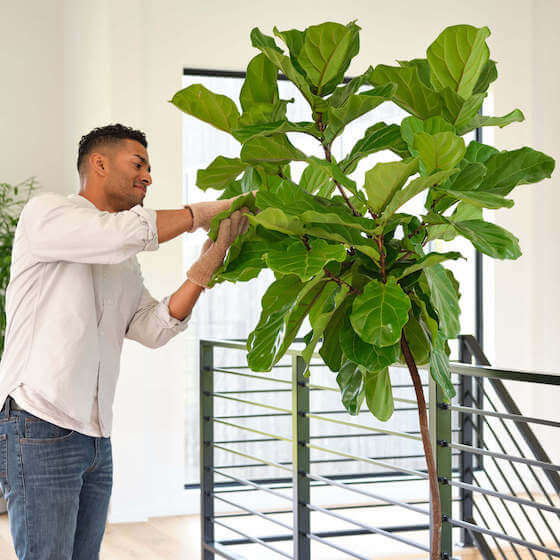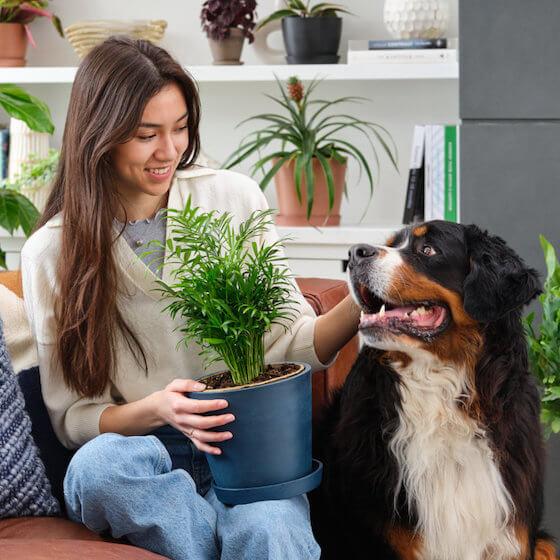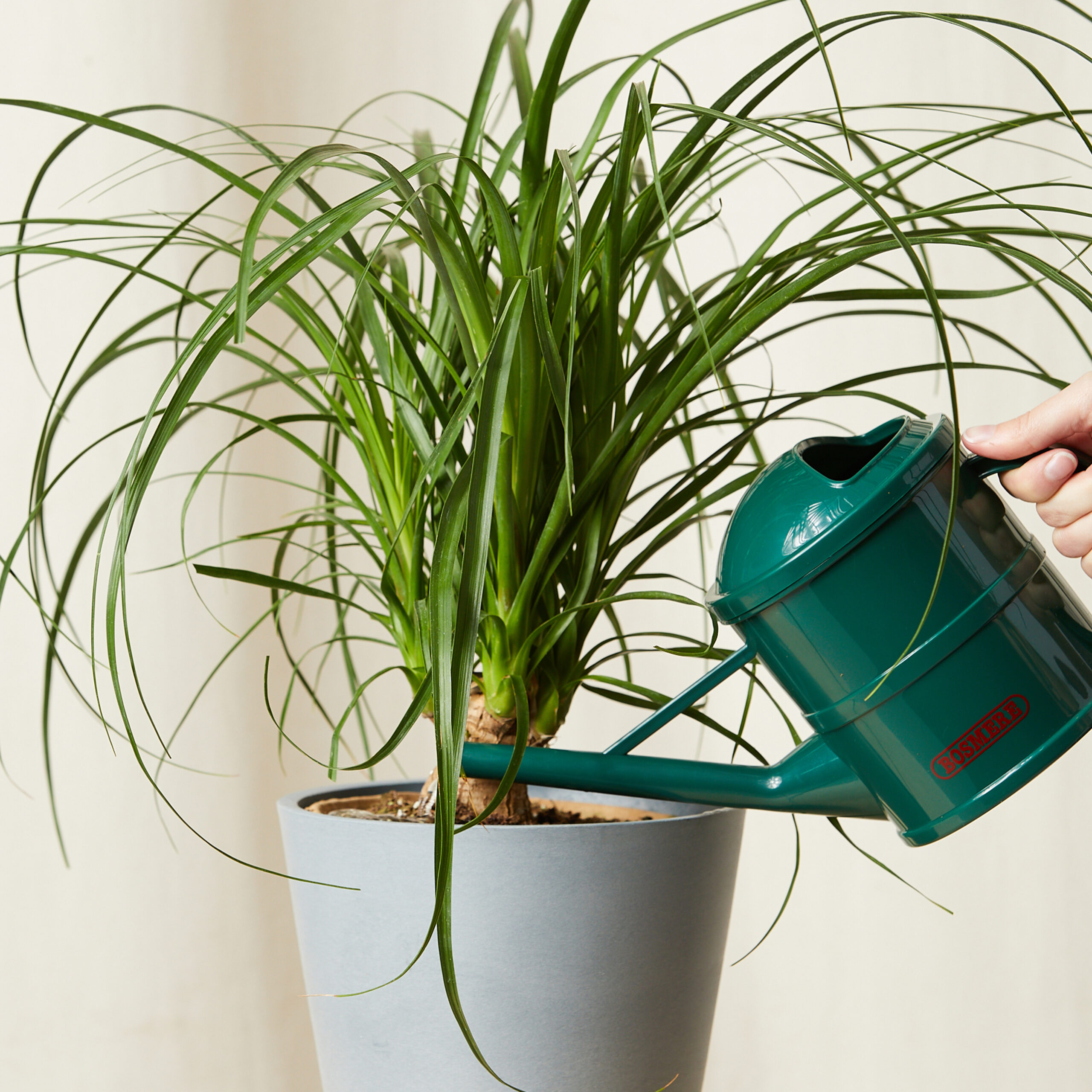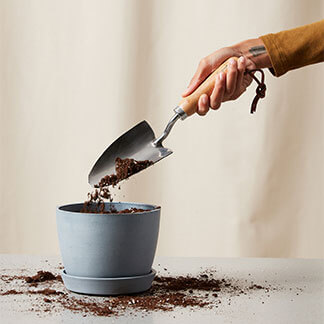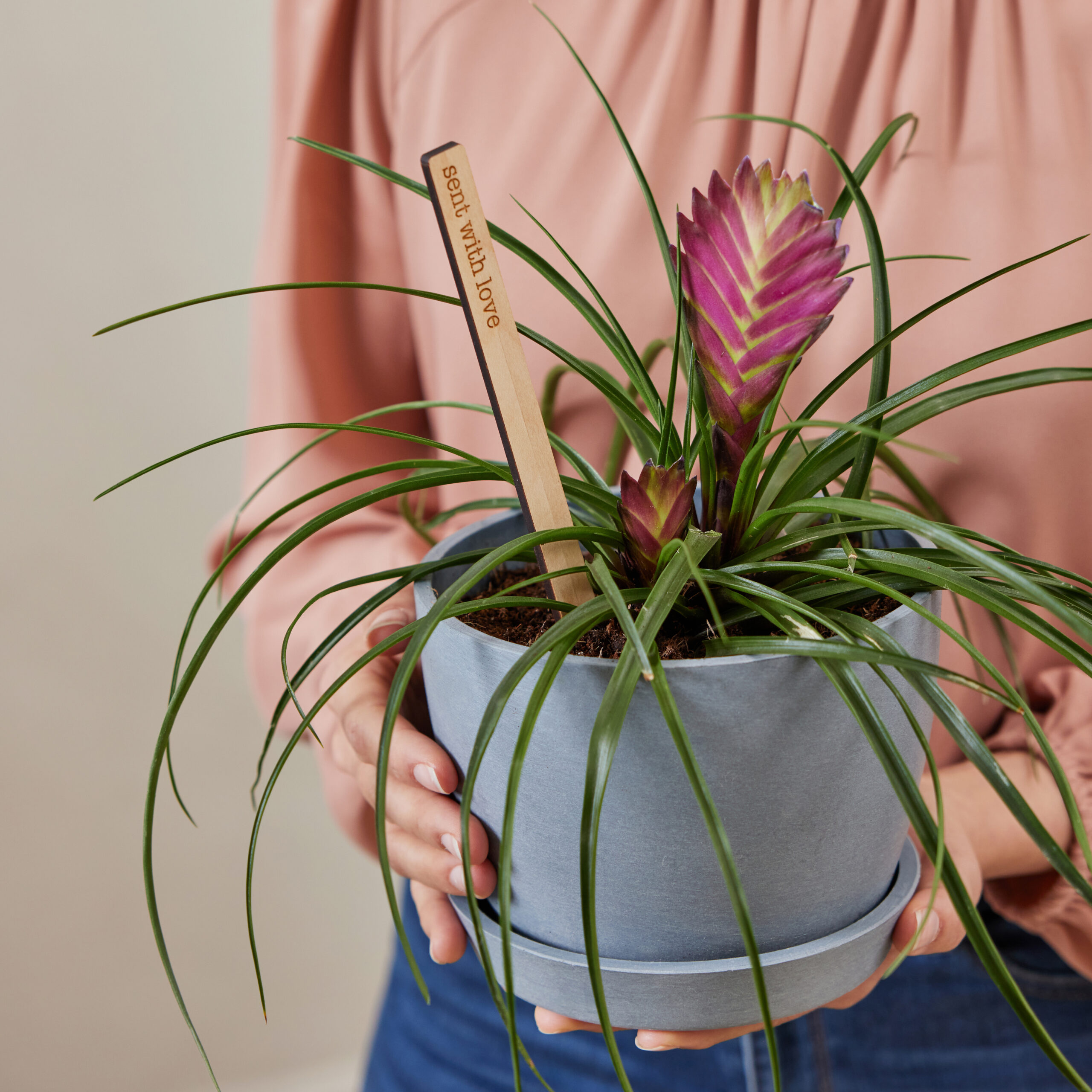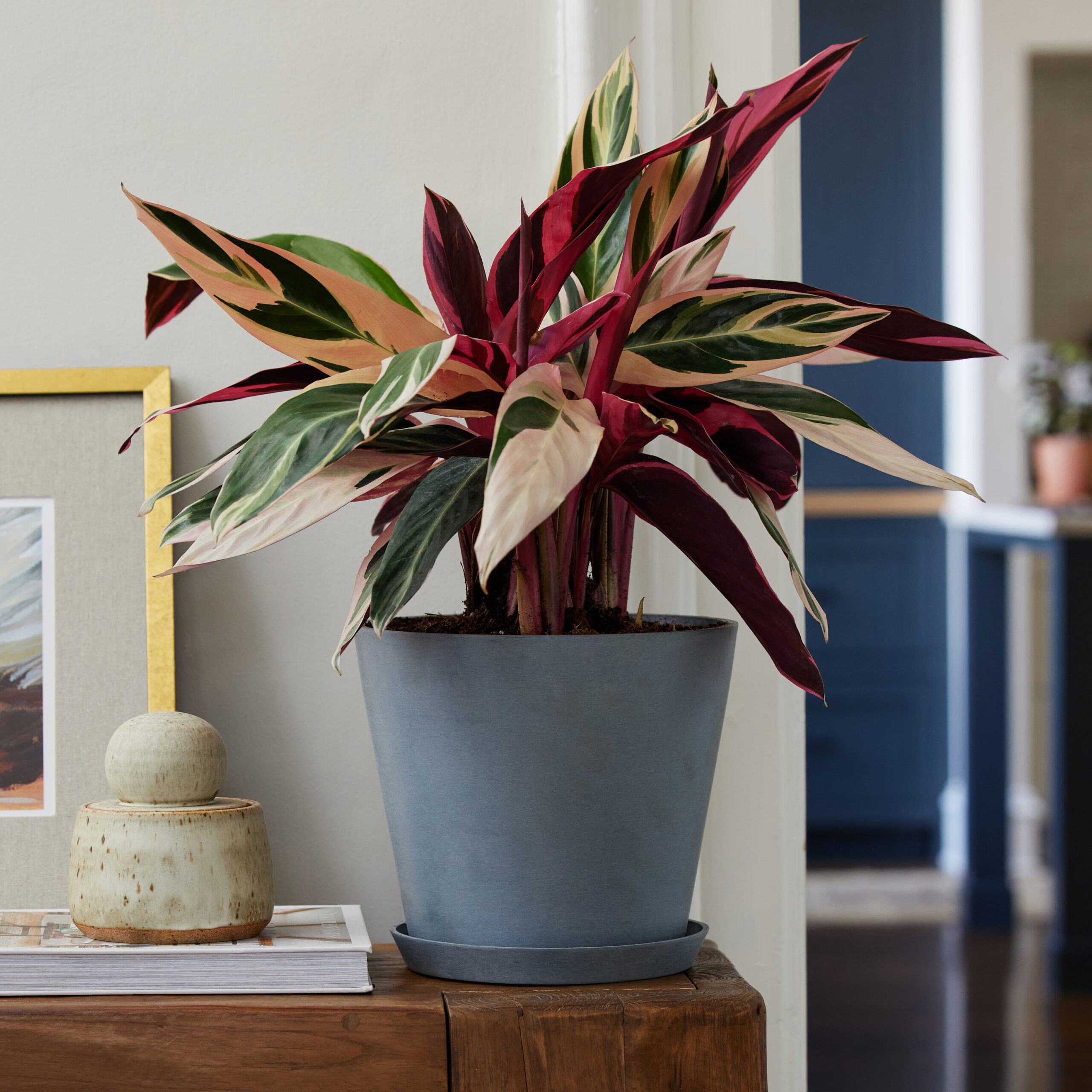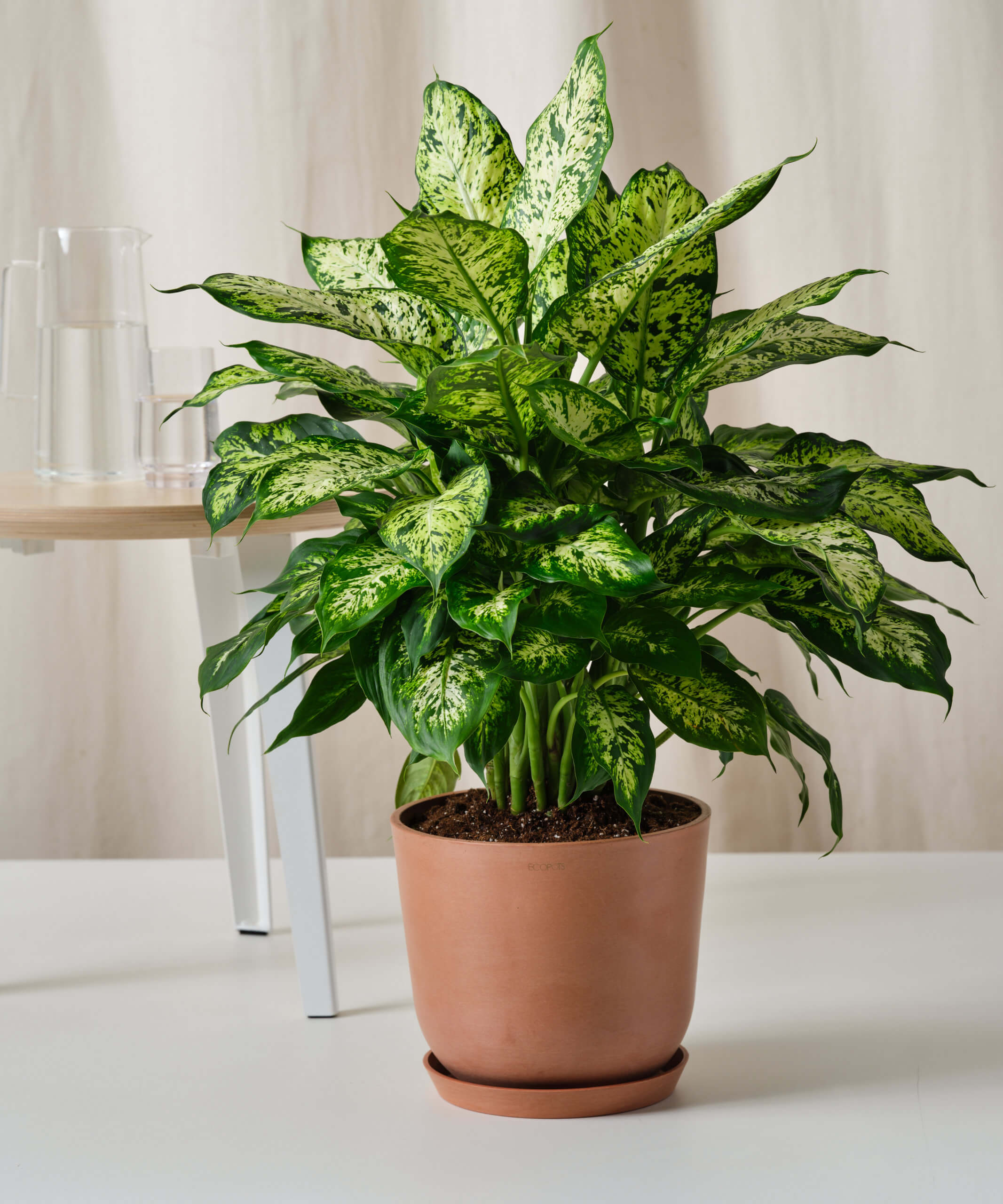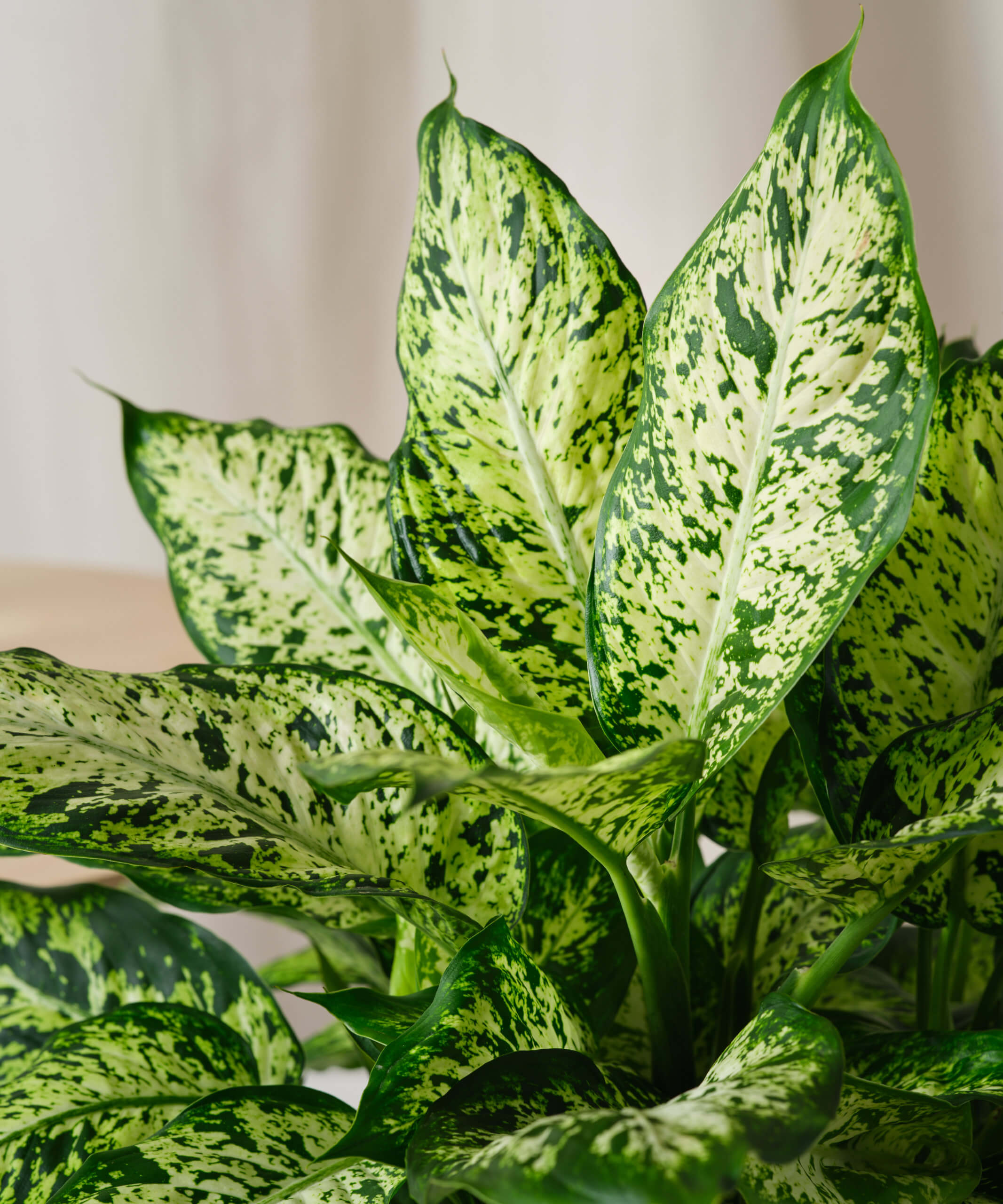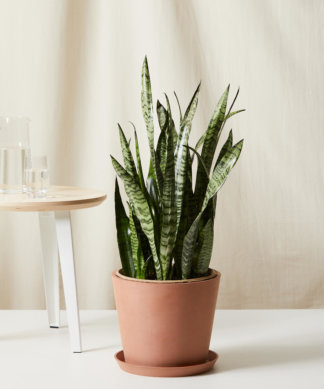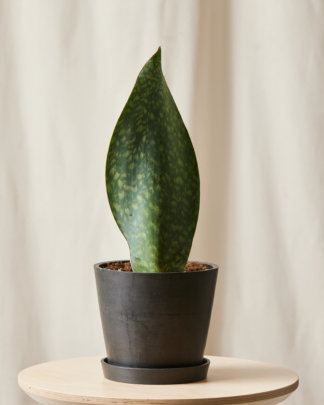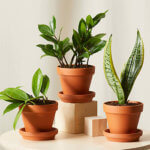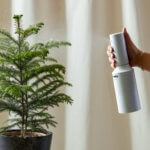How to care for your Dieffenbachia
Use these instructions to care for a Dieffenbachia. This guide will tell you how to water a Dieffenbachia; its light, temperature, humidity preferences and any additional care it might need to help it grow.
Dieffenbachia
The Dieffenbachia thrives the most under bright, indirect sunlight. So avoiding direct exposure to the sun is vital to protecting the leaves from burn. You can place a Dieffenbachia in a slightly dimmer area, but the plant’s growth will slow down. Hence, a grow light might help achieve optimal growth and vibrancy.
When establishing your Dieffenbachia care routine, consider checking the soil’s level of dryness. If 50 to 75% of it feels dry, then water your plant thoroughly until the liquid pours out of the drainage holes on the bottom of the pot. Refrain from leaving water standing in the saucer. Another rule of thumb, especially for larger plants, is to water two times per week, but avoid saturating the soil too much to avoid root rotting or fungal growth. Also, you can water less frequently during the winter, which is Dieffenbachia’s dormant season.
While average household humidity works fine for the Dieffenbachia, it tends to thrive with a nominal amount of moisture in the air. You can provide extra humidity by placing its pot on top of a tray of pebbles and water or by misting the leaves periodically to prevent browning. A humidifier also works well, but you won’t have to turn it on frequently unless the air becomes dry during the winter months.
Temperatures between 65-75°F are ideal for the Dieffenbachia. And because it loves warm temperatures and high humidity, you might keep the plant away from drafts, doorways, and vents.
Monthly feedings are a part of optimal Dieffenbachia care, particularly during the spring and summer months. You can use a 20-20-20 fertilizer measured at half strength and diluted water. An important tip to remember is to apply the fertilizer to damp soil only.
You’ll need to place your Dieffenbachia out of reach of pets and small children since it’s toxic when ingested.
If you notice the tips or edges of your plant’s leaves are turning brown, it could be due to your tap water. You can prevent this by watering with filtered water or rainwater. Remove any yellow leaves to keep your plant strong and growing.
